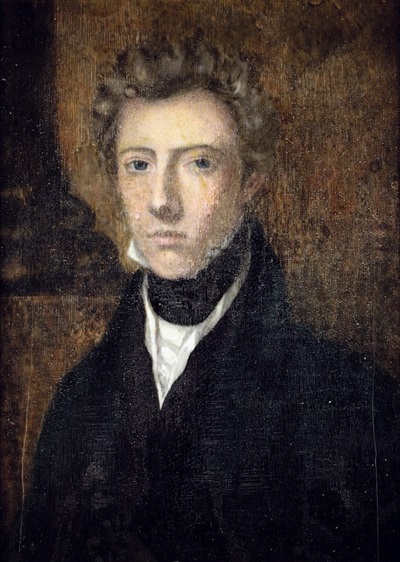2024 | Volume 25 | Issue 1

Barry was a controversial character and intractable when it came to improvement in the conditions of the poor, frequently clashing with the military authorities. Before his death in 1865, Barry stipulated that he was to be buried in his clothes. However, the woman who laid out and washed the dead, discovered that Barry was a woman. She informed the physician who had issued Barry’s death certificate, but he chose not to believe her.
Subsequent legal evidence suggests that James Barry who had spent his life as a successful military surgeon, was in fact, a woman.
Elizabeth Garrett Anderson
In 1865 Elizabeth Garrett Anderson, became the first woman in Britain to qualify as a physician and surgeon.
Qualified apothecaries were allowed to practice medicine and Anderson used this ‘loophole’ to access a medical education and become qualified. The apothecaries promptly banned women from sitting exams and although the Enabling Act of 1875 granted medical licenses to women, it was not until the early 20th century that women had untrammeled access to medical courses.